
Bad breath, also known as halitosis, is a concern that many individuals face at some point in their lives. While occasional bad breath may result from something as simple as eating garlic or onions, persistent bad breath can indicate more serious oral health issues. One of the most common underlying causes is related to periodontal health.
Understanding the connection between bad breath and periodontal health is essential for identifying and addressing the root cause. When left untreated, bad breath caused by gum disease can negatively impact your self-confidence and oral health. Today, we’ll explore the causes of bad breath, how periodontal health plays a significant role, and what you can do to take control of your oral health.
What Causes Bad Breath?
Bad breath can stem from a variety of causes, some more obvious than others. While certain foods and beverages are common culprits, the underlying issues often involve oral hygiene, lifestyle habits, or health conditions. Let’s break down the most common causes.
Common Culprits
- Food Particles and Bacterial Growth: When food particles linger in your mouth, they provide fuel for bacteria. As bacteria break down these particles, they release foul-smelling sulfur compounds, leading to bad breath.
- Poor Oral Hygiene: Inadequate brushing and flossing allow plaque—a sticky film of bacteria—to accumulate on your teeth and gums. Over time, this plaque buildup can contribute to unpleasant odors and increase your risk of gum disease.
- Dry Mouth: Saliva is crucial for washing away food debris and bacteria. When saliva production decreases—whether due to dehydration, certain medications, or a condition like dry mouth—it can result in bad breath.
Medical and Lifestyle Factors
- Smoking and Tobacco Use: Smoking not only dries out your mouth but also leaves behind a distinct, unpleasant odor. Tobacco use also increases your risk of gum disease, a leading cause of bad breath.
- Systemic Health Issues: In some cases, persistent bad breath may signal an underlying medical condition, such as diabetes, acid reflux, or respiratory infections.
The Role of Periodontal Health in Bad Breath
When bad breath persists despite regular brushing and flossing, periodontal health is often to blame. Gum disease, or periodontal disease, is a progressive condition that affects the tissues and bone supporting your teeth. It begins with gingivitis (mild gum inflammation) and can advance to more severe stages without proper care.
One of the hallmark symptoms of periodontal disease is persistent bad breath. This occurs because gum disease creates deep pockets between the teeth and gums where bacteria thrive. These bacteria release toxins and volatile sulfur compounds that produce unpleasant odors. Unlike temporary bad breath caused by food, this type of halitosis does not go away with regular brushing alone.
Warning Signs
If you’re experiencing bad breath that doesn’t improve with oral hygiene, it may be time to evaluate your gum health. Common warning signs of periodontal issues include:
- Swollen or bleeding gums.
- Gums that are tender or receding.
- Loose teeth or changes in bite alignment.
- A lingering bad taste in your mouth.
Oral-Systemic Link
Your oral health is closely tied to your overall well-being. Research has shown that untreated gum disease can contribute to systemic health conditions, such as heart disease, diabetes, and respiratory issues. Addressing bad breath by improving periodontal health is not only beneficial for your smile but also for your overall health.
Effective Solutions for Bad Breath and Periodontal Health
The good news is that solutions exist to combat bad breath and improve your periodontal health. By combining professional care with consistent at-home practices, you can address the root causes and maintain a fresh, healthy smile.
Professional Treatments
- Dental Cleanings: Regular professional cleanings remove plaque and tartar buildup that at-home care cannot address. These cleanings are essential for preventing gum disease and maintaining fresh breath.
- Scaling and Root Planing: For patients with gum disease, scaling and root planing is a non-surgical periodontal therapy that thoroughly cleans the teeth and roots, reducing bacteria and inflammation.
- Periodontal Maintenance: After treating gum disease, ongoing periodontal maintenance appointments are crucial for preventing recurrence and keeping your gums healthy.
At-Home Care
- Daily Brushing and Flossing: Brushing at least twice a day and flossing daily are fundamental for removing food particles and plaque. Make sure to use a fluoride toothpaste and replace your toothbrush every three months.
- Tongue Scrapers: The tongue can harbor bacteria and debris that contribute to bad breath. Using a tongue scraper as part of your oral hygiene routine can help eliminate these odor-causing elements.
- Antimicrobial Mouth Rinses: Rinsing with an antimicrobial mouthwash can help reduce bacterial buildup and keep your breath fresh.
Lifestyle Adjustments
- Stay Hydrated: Drinking plenty of water throughout the day promotes saliva production, which naturally cleanses your mouth.
- Avoid Tobacco: Quitting smoking or tobacco use is one of the most impactful steps you can take to improve your oral and overall health.
- Eat a Balanced Diet: Include crunchy fruits and vegetables, which help clean your teeth naturally, and limit sugary snacks that feed harmful bacteria.
Moving Forward with Fresh Breath and Healthy Gums
Persistent bad breath is more than just an inconvenience—it’s often a sign of underlying periodontal issues that require attention. By addressing the root cause, you can enjoy fresher breath, healthier gums, and improved overall health.
If you’re concerned about bad breath or suspect you may have gum disease, our team at Pinnacle Center – Dental Implants & Periodontics is here to help. Dr. Roll and Dr. Williams specialize in periodontal care and can provide a personalized treatment plan tailored to your needs.
Don’t let bad breath hold you back from living your best life. Schedule an appointment with us today and take the first step toward a healthier, more confident smile. Together, we’ll help you achieve optimal oral health and lasting freshness.


 Missing teeth can have a significant impact on both your appearance and your ability to enjoy the foods you love. Fortunately, advances in dental implant technology now offer a solution that can restore your smile in a single visit. Known as “
Missing teeth can have a significant impact on both your appearance and your ability to enjoy the foods you love. Fortunately, advances in dental implant technology now offer a solution that can restore your smile in a single visit. Known as “ Maintaining the health of your teeth and gums is essential to preserving a beautiful smile and a strong, healthy mouth. One of the advanced treatments available to patients today is
Maintaining the health of your teeth and gums is essential to preserving a beautiful smile and a strong, healthy mouth. One of the advanced treatments available to patients today is 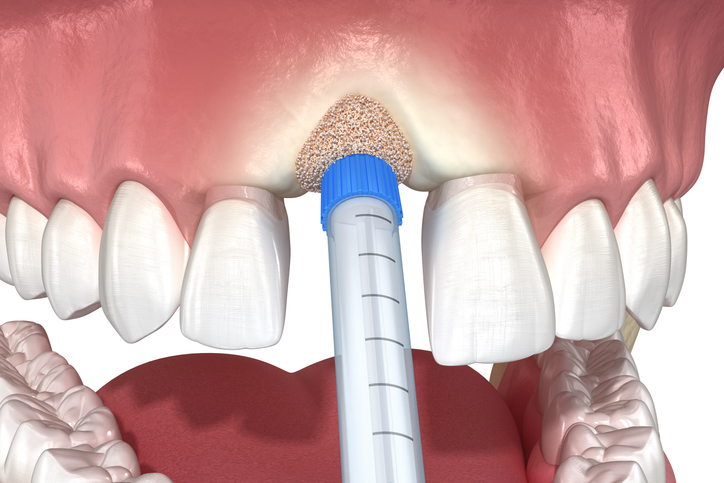
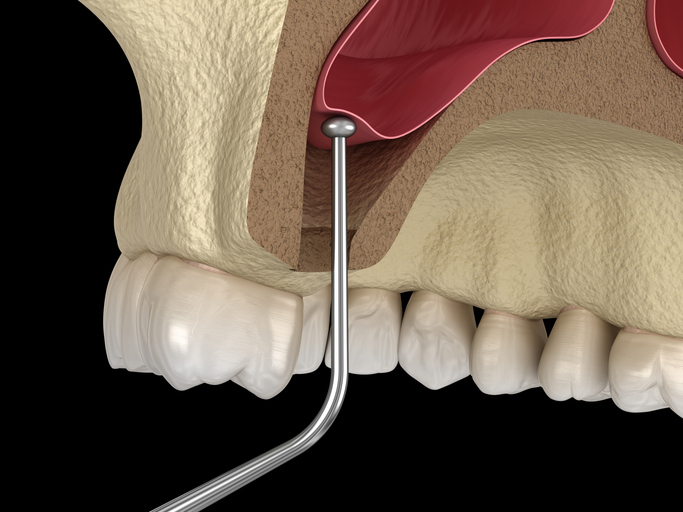 If you’re considering
If you’re considering 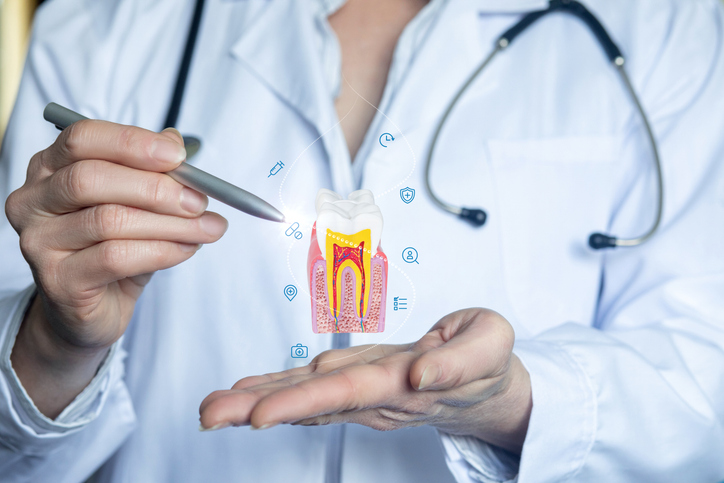 Maintaining optimal periodontal health is crucial for your overall well-being, and finding the right periodontist is a significant step in ensuring your gums and teeth receive the best possible care. At Pinnacle Center – Dental Implants & Periodontics, we understand how important it is to choose a periodontist who meets your needs and expectations.
Maintaining optimal periodontal health is crucial for your overall well-being, and finding the right periodontist is a significant step in ensuring your gums and teeth receive the best possible care. At Pinnacle Center – Dental Implants & Periodontics, we understand how important it is to choose a periodontist who meets your needs and expectations.  A radiant smile is often considered one of our most attractive features. However, for some individuals, an excessive display of gum tissue when smiling—commonly known as a “gummy smile”—can be a source of self-consciousness. Today, we’ll explore the concept of a gummy smile, its impact on confidence, and the various cosmetic options available to help you achieve the smile you’ve always desired.
A radiant smile is often considered one of our most attractive features. However, for some individuals, an excessive display of gum tissue when smiling—commonly known as a “gummy smile”—can be a source of self-consciousness. Today, we’ll explore the concept of a gummy smile, its impact on confidence, and the various cosmetic options available to help you achieve the smile you’ve always desired.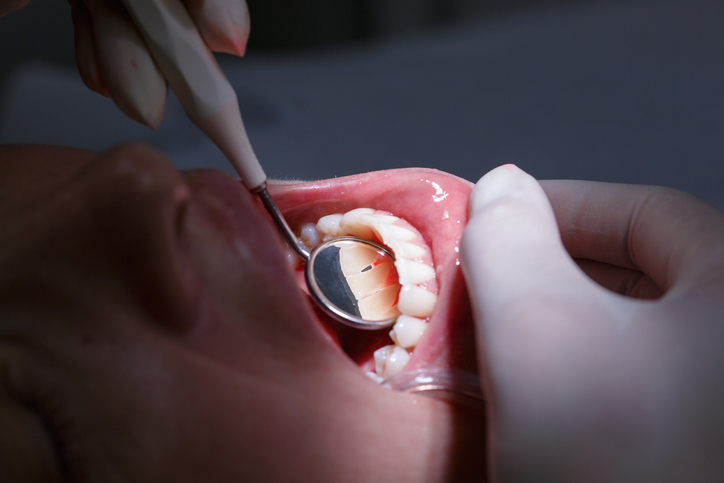 Did you know that nearly half of American adults suffer from some form of gum disease? This surprising statistic underscores the importance of periodontal health. At Pinnacle Center – Dental Implants & Periodontics, we believe in the power of regular periodontal therapy to maintain not only your smile but also your overall well-being. Today, we will explore the significant benefits of
Did you know that nearly half of American adults suffer from some form of gum disease? This surprising statistic underscores the importance of periodontal health. At Pinnacle Center – Dental Implants & Periodontics, we believe in the power of regular periodontal therapy to maintain not only your smile but also your overall well-being. Today, we will explore the significant benefits of 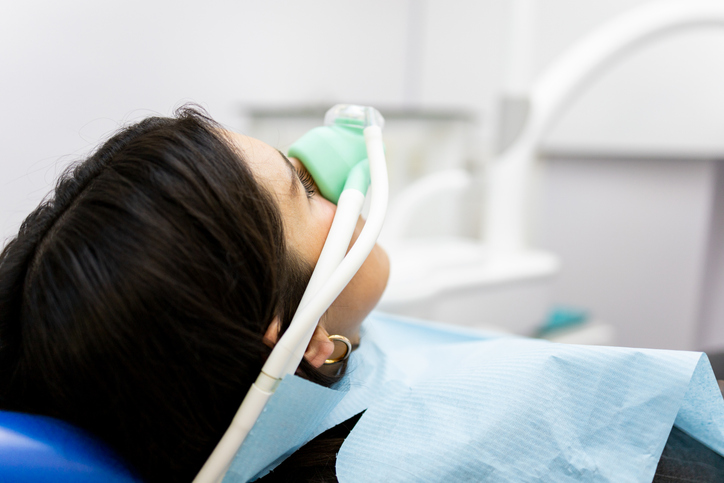 Welcome to Pinnacle Center – Dental Implants & Periodontics. Today, we will explore an essential aspect of modern dental care that has transformed the experience for many of our patients—
Welcome to Pinnacle Center – Dental Implants & Periodontics. Today, we will explore an essential aspect of modern dental care that has transformed the experience for many of our patients— Gum disease, also known as periodontal disease, is a common yet serious condition that affects many individuals around the world. It’s caused by the buildup of plaque, a sticky film of bacteria that forms on the teeth. If not properly managed, plaque can harden into tartar, leading to inflammation of the gum tissues, which can progress to more severe
Gum disease, also known as periodontal disease, is a common yet serious condition that affects many individuals around the world. It’s caused by the buildup of plaque, a sticky film of bacteria that forms on the teeth. If not properly managed, plaque can harden into tartar, leading to inflammation of the gum tissues, which can progress to more severe